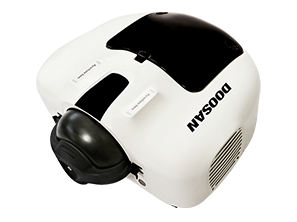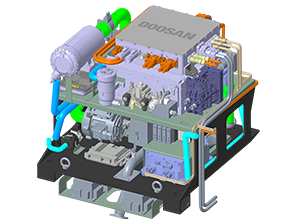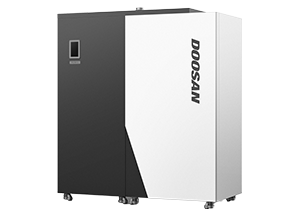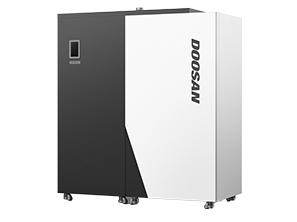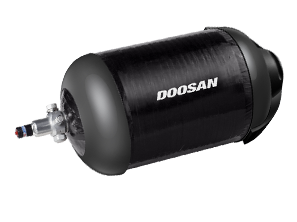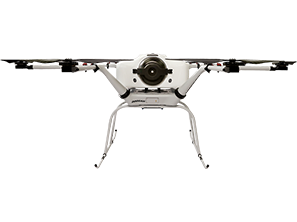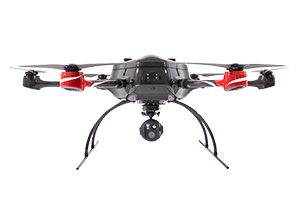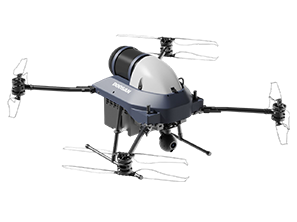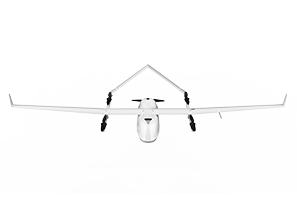Applications
-
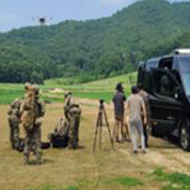
Defense
-
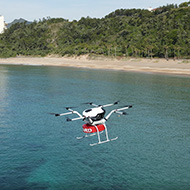
Marine
-
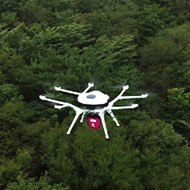
Firefighting
-
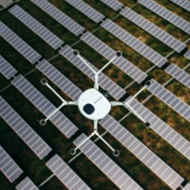
Public Infrastructure Inspection
Defense
- Reconnaissance
- Communication relay
- Video relay
- Mapping
By utilizing hydrogen drones, long-duration surveillance and reconnaissance over extensive areas are possible.
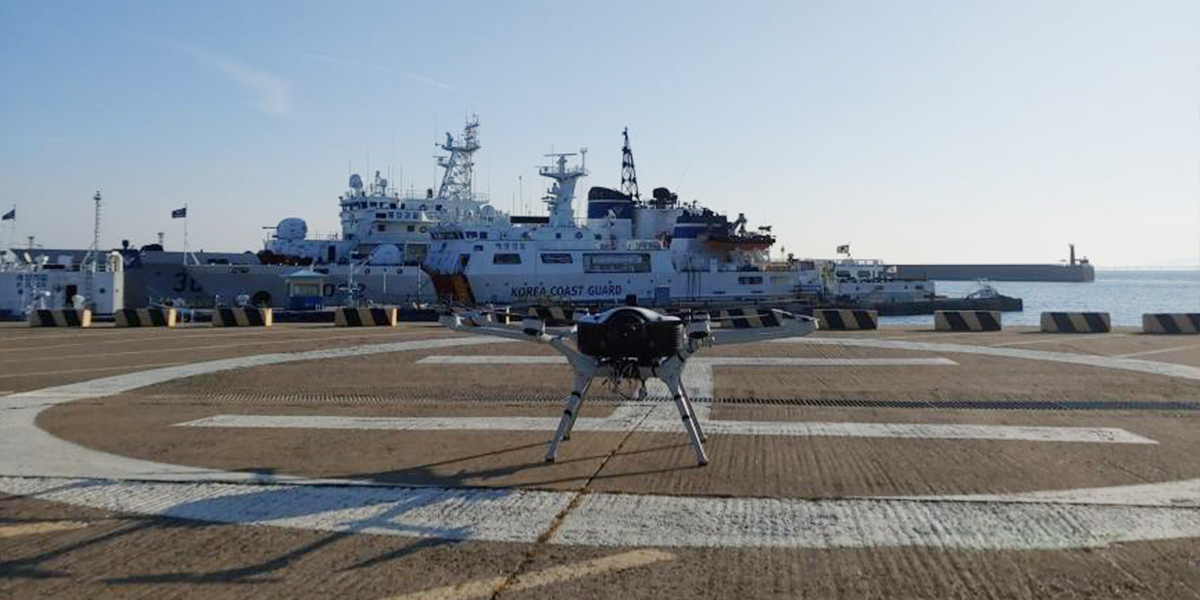
2-hour
reconnaissance
/surveillance20km
reconnaissance
(round trip)Day/Night
operation
- Battery drone: travel (10 minutes) / reconnaissance (5 minutes) / return (10 minutes)
- Hydrogen drone: travel (10 minutes) / reconnaissance (70 minutes) / return (10 minutes)
It can overcome the limitations of reconnaissance missions using battery drones.
- Battery: 5km one-way / 10km round trip
- Hydrogen: 21km one-way / 42km round trip
It is suitable for reconnaissance (attack) and surveillance (defense) operations against distant enemies.
By utilizing hydrogen drones, non-line-of-sight communication relay is possible.
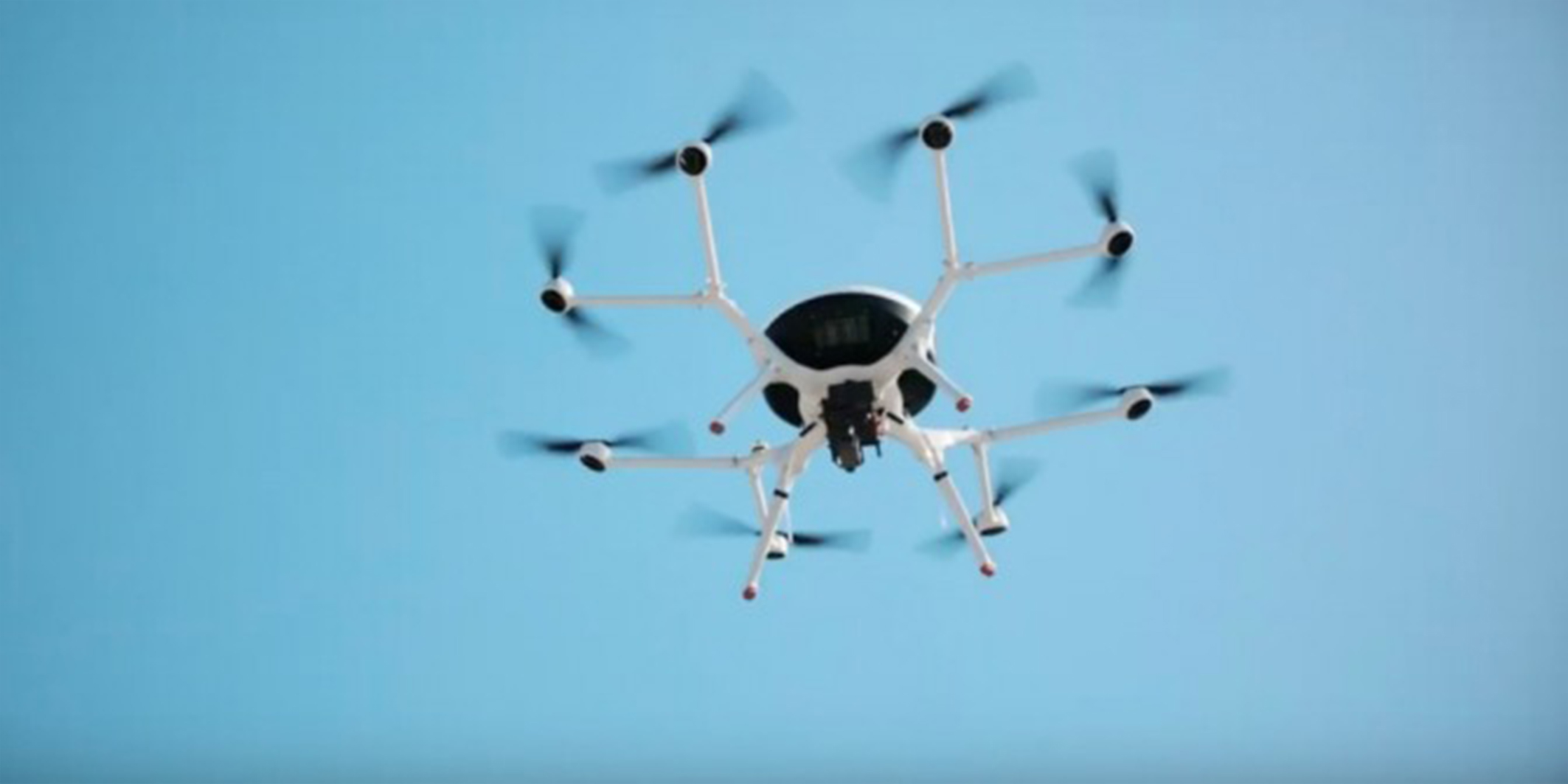
Long-duration
airborne
communication
relayNon-line-of-sight
flightIntegration
with small
drones
- Conventional communication: Non-line-of-sight flight not possible / Communication blocked by obstacles
- Hydrogen drone + Mesh network: Non-line-of-sight flight possible, operational area expansion for small reconnaissance and attack drones
Long-duration airborne communication relay can overcome the issue of non-line-of-sight flight restriction.
By utilizing hydrogen drones, effective information acquisition in operational areas is possible.
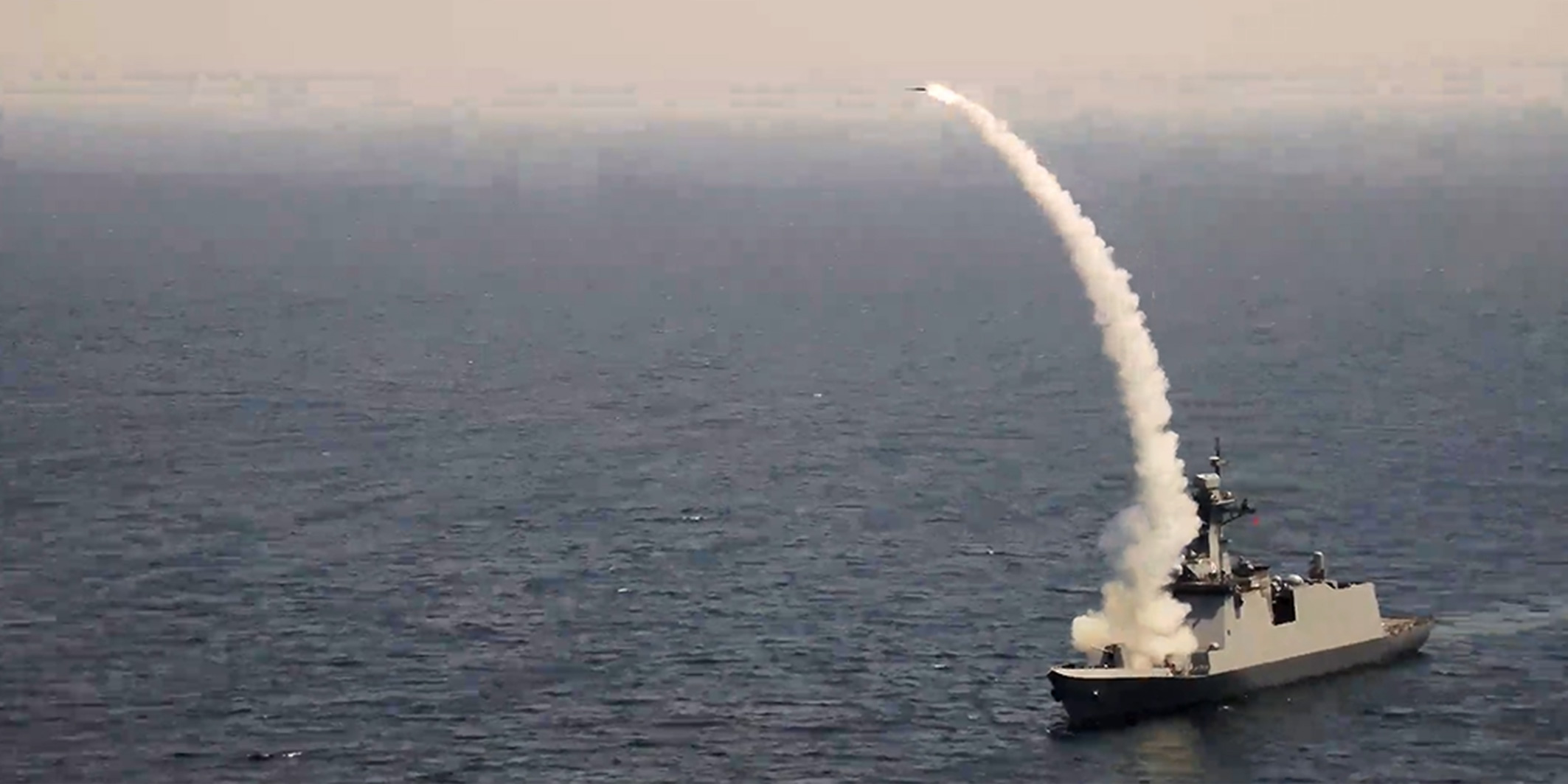
2-hour
reconnaissance
/surveillance20km
reconnaissance
(round trip)Shipboard
takeoff and
landing
- Helicopter: Purchase cost is 27 billion KRW.
Existing helicopters can perform on-site broadcasts, target identification, and impact result acquisition.
It is capable of taking off and landing on warships, allowing immediate reactivation after refueling nearby.
Real-time on-site broadcasts (target identification and strike confirmation) can be performed using hydrogen drones.
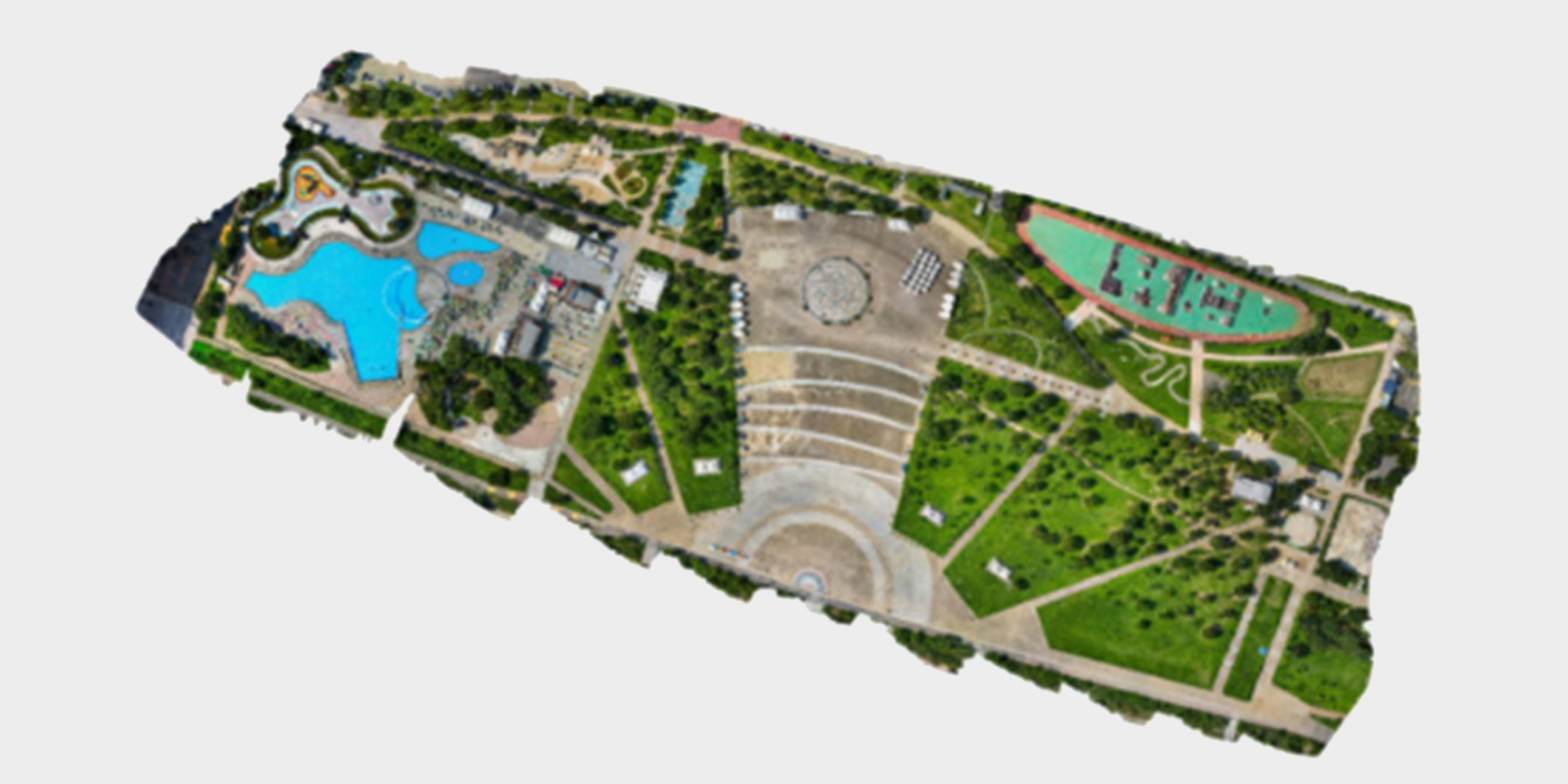
Expansion
of mapping
rangeEffective
operation
executionPreemptive
prevention of
risk factors
- Battery drone flight range: 100 ha
- Hydrogen drone flight range: 800 ha
By recognizing risk factors in advance, effective operations can be conducted to acquire prior information on troop and material movements in unconfirmed terrains.
Marine
- Illegal fishing monitoring
- Rescue/search support
- Ship accident monitoring
Evidence of illegal fishing operations can be obtained using hydrogen drones.
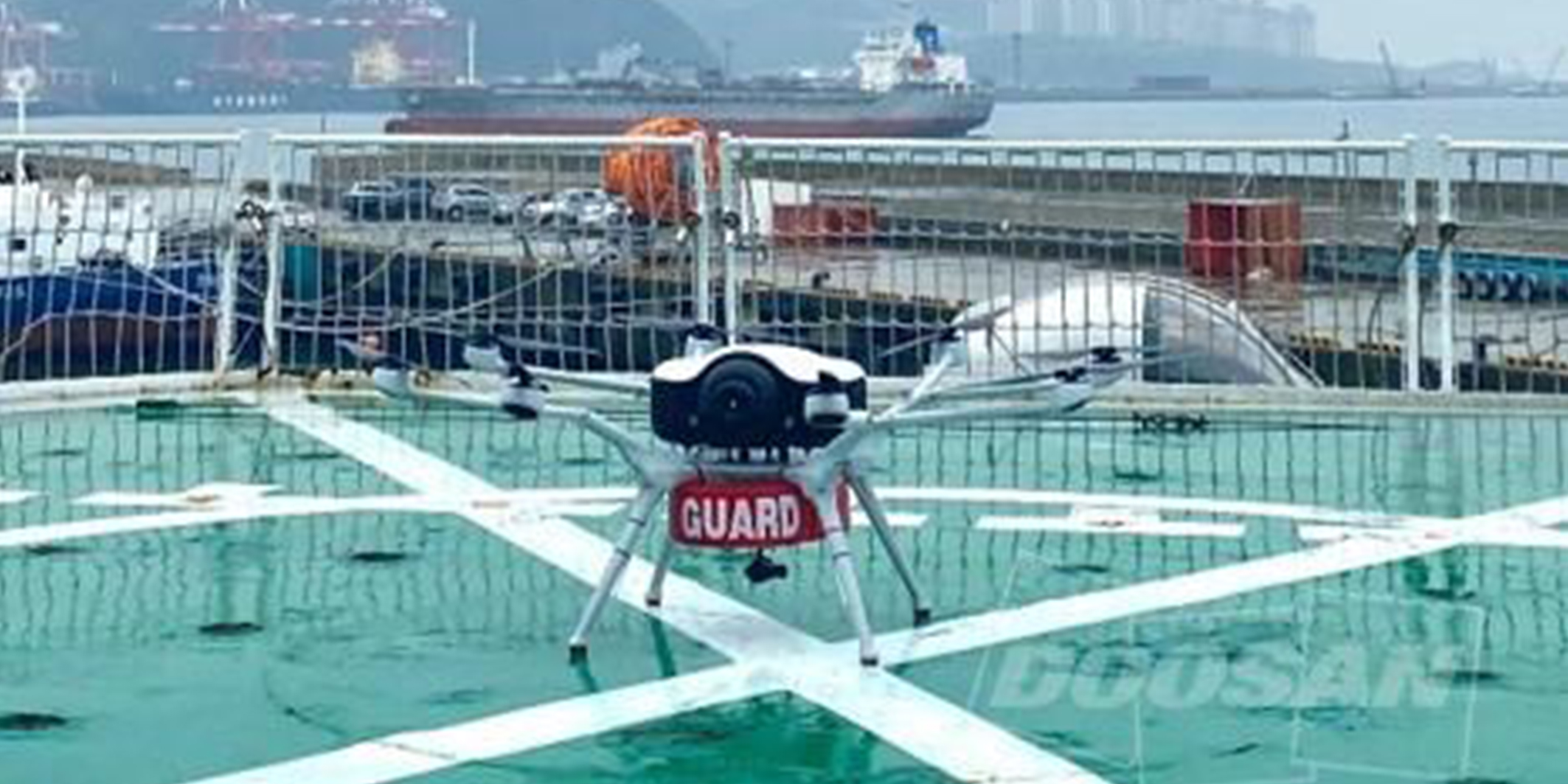
Ensuring public officials' safety
Effective
evidence
collectionWarning
broadcasts
- Battery drone actual operational time: 40 min
- Hydrogen drone actual operational time: 90 min
In maritime environments, it is possible to obtain evidence of illegal fishing (from distances over 10 km) and broadcast eviction warnings without the vessel directly approaching.
Hydrogen drones can be effectively used to perform search and rescue missions in the event of marine disasters.
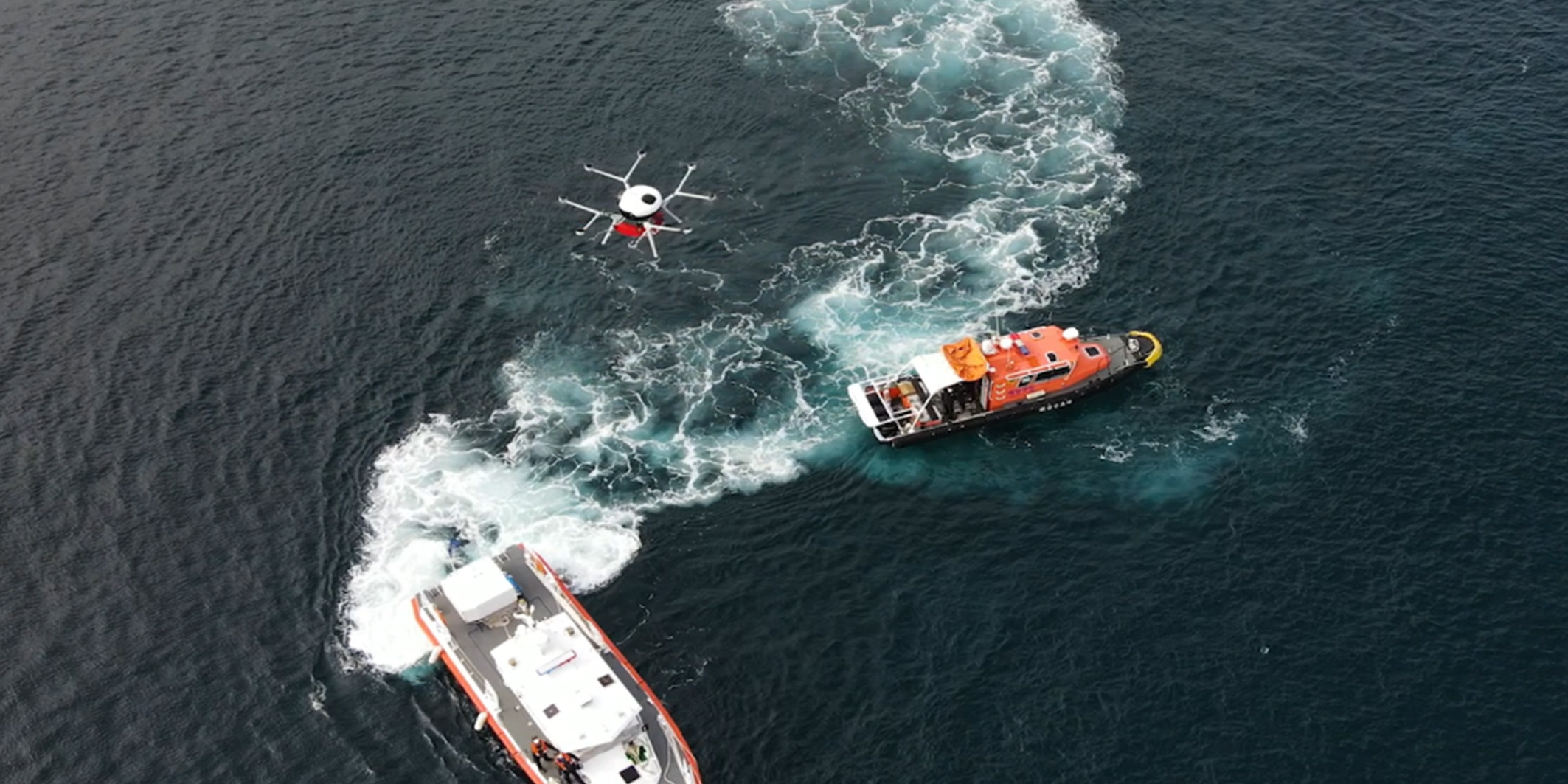
Wide-area
searchDay and night
search capabilityLong-duration
search capability
- Battery drone flight range: 100 ha
- Hydrogen drone flight range: 800 ha
- Battery drone operational time: 40 min
- Hydrogen drone operational time: 90 min
During a search for survivors, effective search activities can be conducted over a wide area using thermal imaging cameras, regardless of day or night.
Long-duration efficient search activities are possible during the search for survivors.
Real-time on-site broadcasts are possible using hydrogen drones in the event of a ship accident.
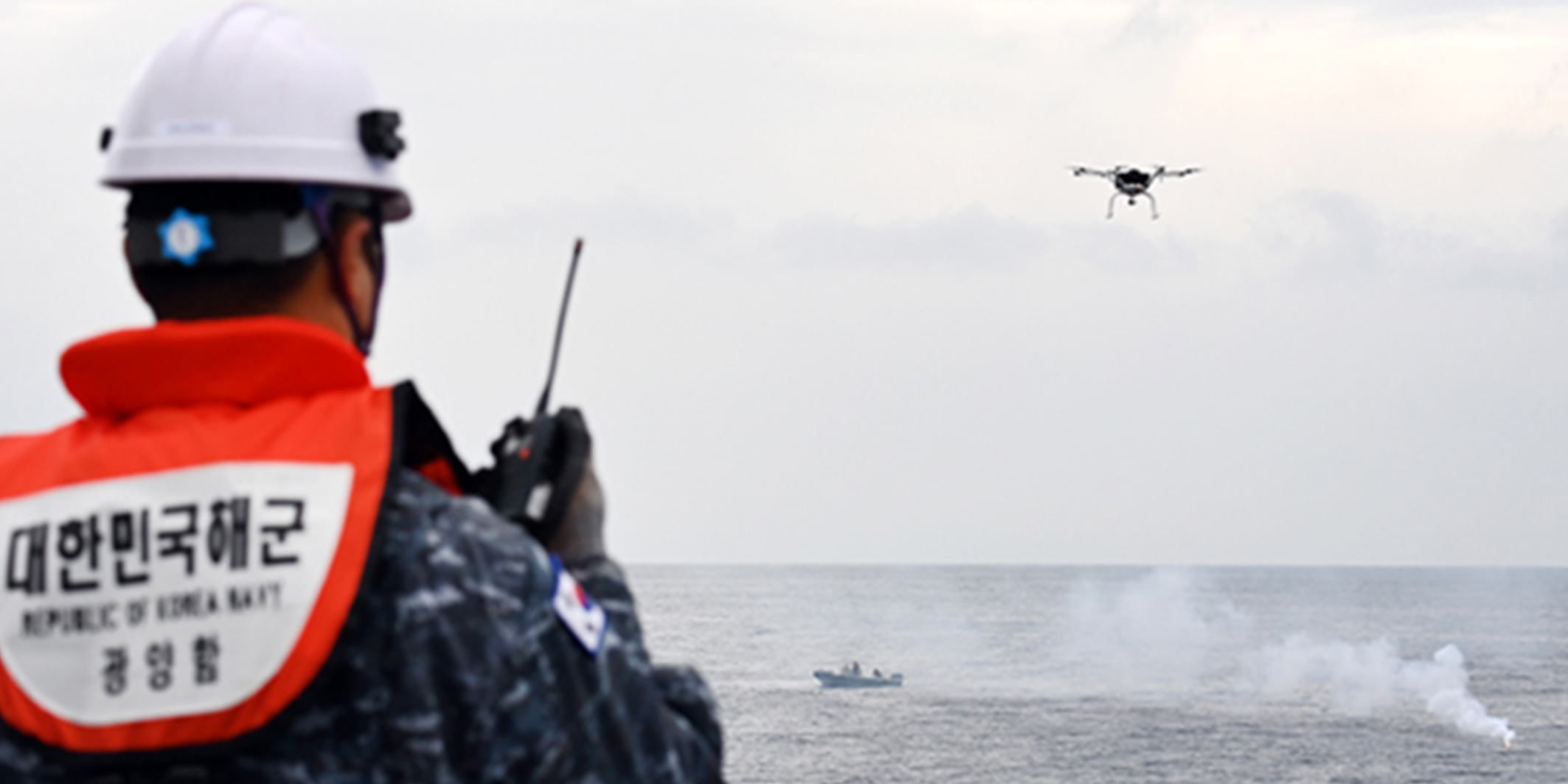
Uninterrupted
monitoring20 km
round-trip
reconnaissanceShipboard
takeoff and
landing
- Helicopter purchase cost: 27 billion KRW.
Real-time disaster site broadcast activities performed by existing helicopters are possible.
Through real-time broadcasts, accurate information can be delivered to disaster site commanders, enabling effective disaster rescue activities.
It is capable of taking off and landing on ships, allowing immediate reactivation after refueling nearby.
Firefighting
- Rescue of human lives / Special disaster rescue
- Real-time disaster information acquisition
Hydrogen drones can be used to perform human life and special disaster rescue activities during disaster situations.
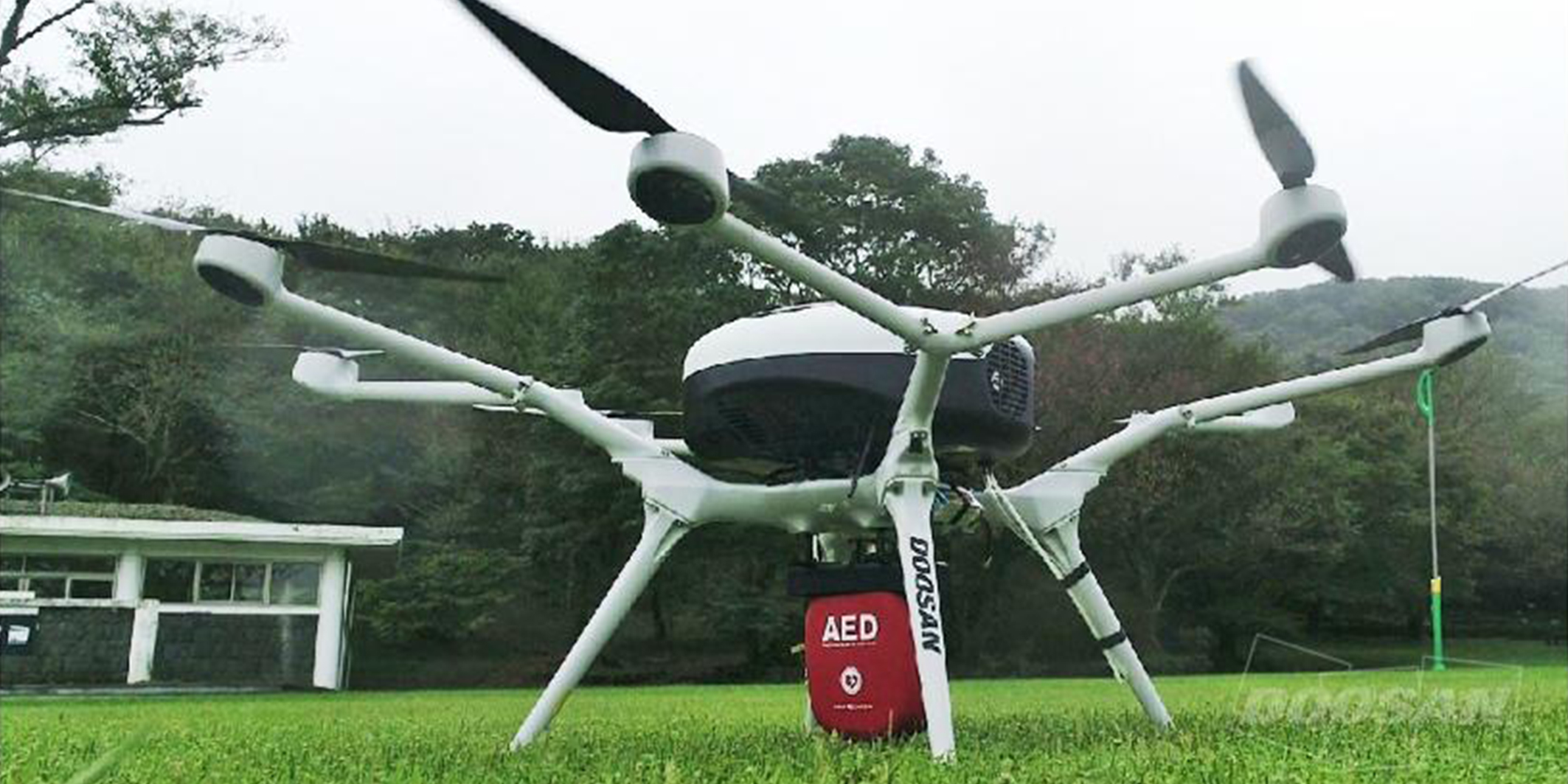
Securing the
golden time for
search and rescueSearch in
inaccessible
areas
- In the event of an incident, it is possible to quickly arrive on the scene and establish disaster response and rescue strategies.
- Searches can be conducted in areas where access and exploration are blocked, such as mountainous regions, marine environments, and urban areas.
Real-time disaster information can be acquired using hydrogen drones during disaster situations.
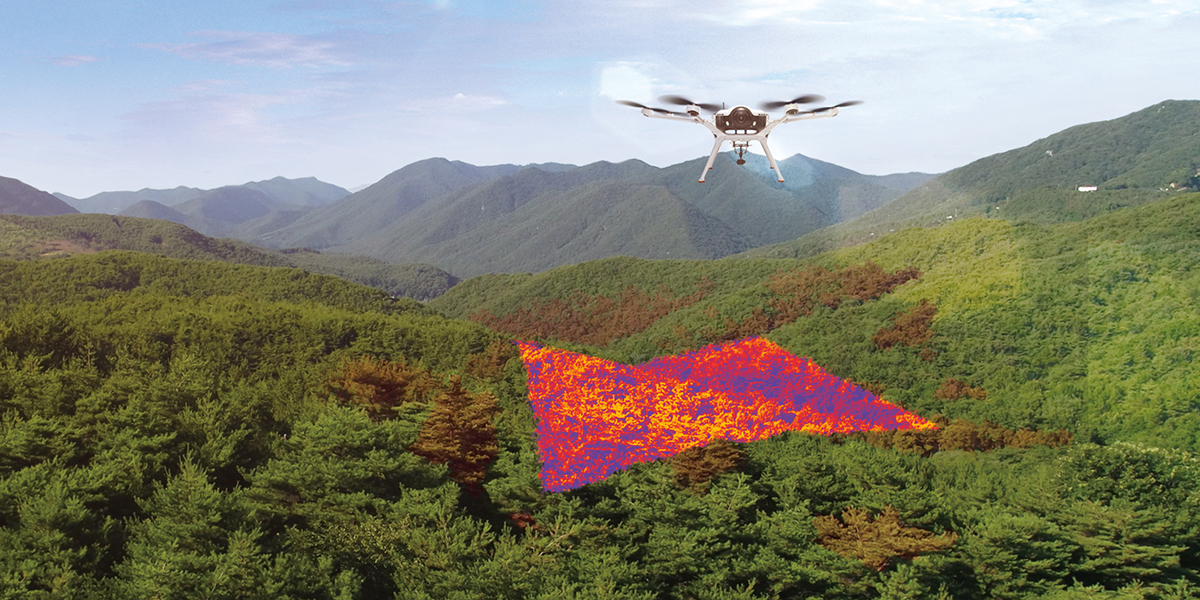
Securing the
golden timeReal-time
comprehensive
disaster
information
acquisitionUninterrupted
monitoring
- Rapid arrival at the scene upon occurrence allows for the establishment of disaster suppression and rescue strategies.
- Information acquisition for timely and accurate decision-making (building exterior structure, fire progression direction, speed and distribution, securing safe entry routes for firefighters, etc.).
- Suppression plan establishment, modification, and execution possible through real-time linkage with the command center.
- Post-disaster, retrospective analysis through recorded on-site footage and the establishment of disaster standards through the acquisition of disaster suppression big data are possible.
Public Infrastructure Inspection
- Equipment Inspection
- Base Boundary(Anti drone)
- Gas Piping
- Delivery
Doosan Mobility Innovation's hydrogen drone can efficiently inspect large areas of public infrastructure, preventing accidents before they occur.
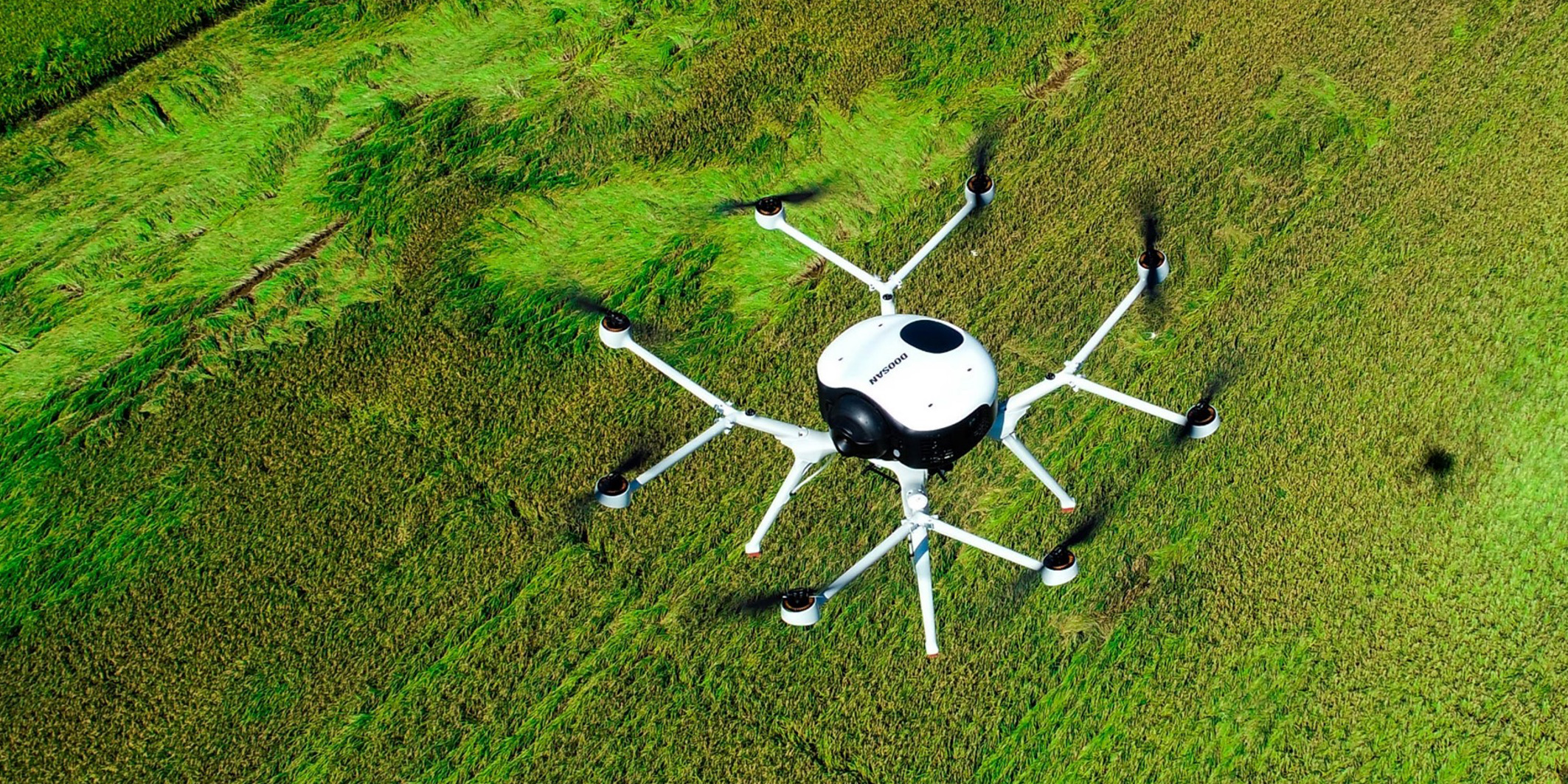
Doosan Mobility Innovation can inspect infrastructure in various public sectors, enhancing safety and efficiency.
-
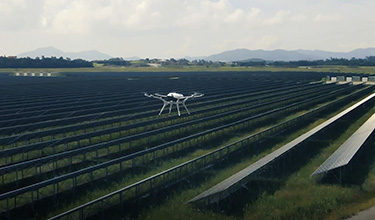
Energy Infrastructure
-
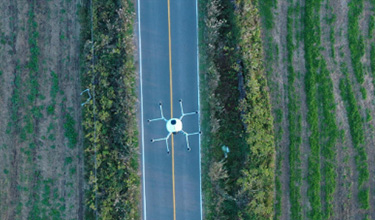
Ground Infrastructure
-
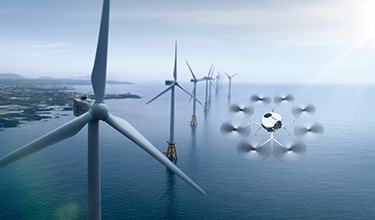
Maritime Infrasture

Doosan Mobility Innovation's hydrogen drone can inspect a wide range of infrastructures, including energy infrastructure (such as solar power plants), ground infrastructure (such as gas piping, bridges, and other safety facilities), and maritime infrastructure (such as offshore wind farms).
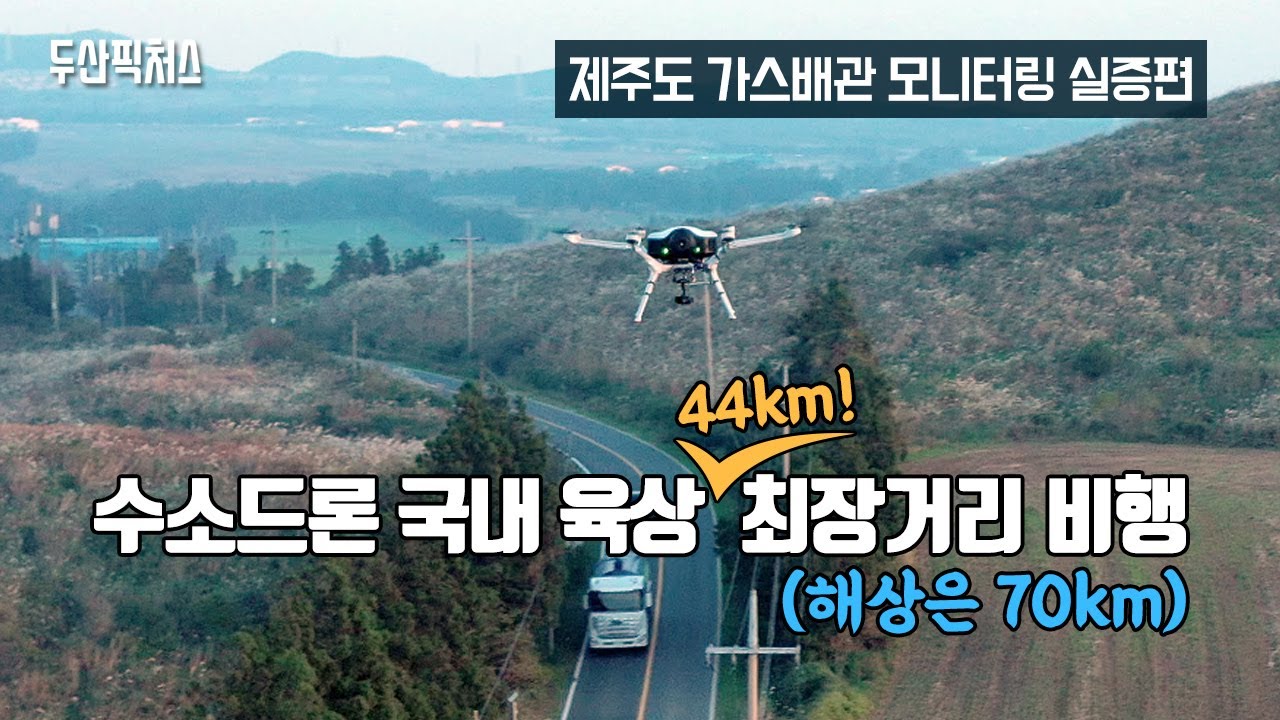
Utilizing hydrogen drones enables base boundary security for secure facilities.
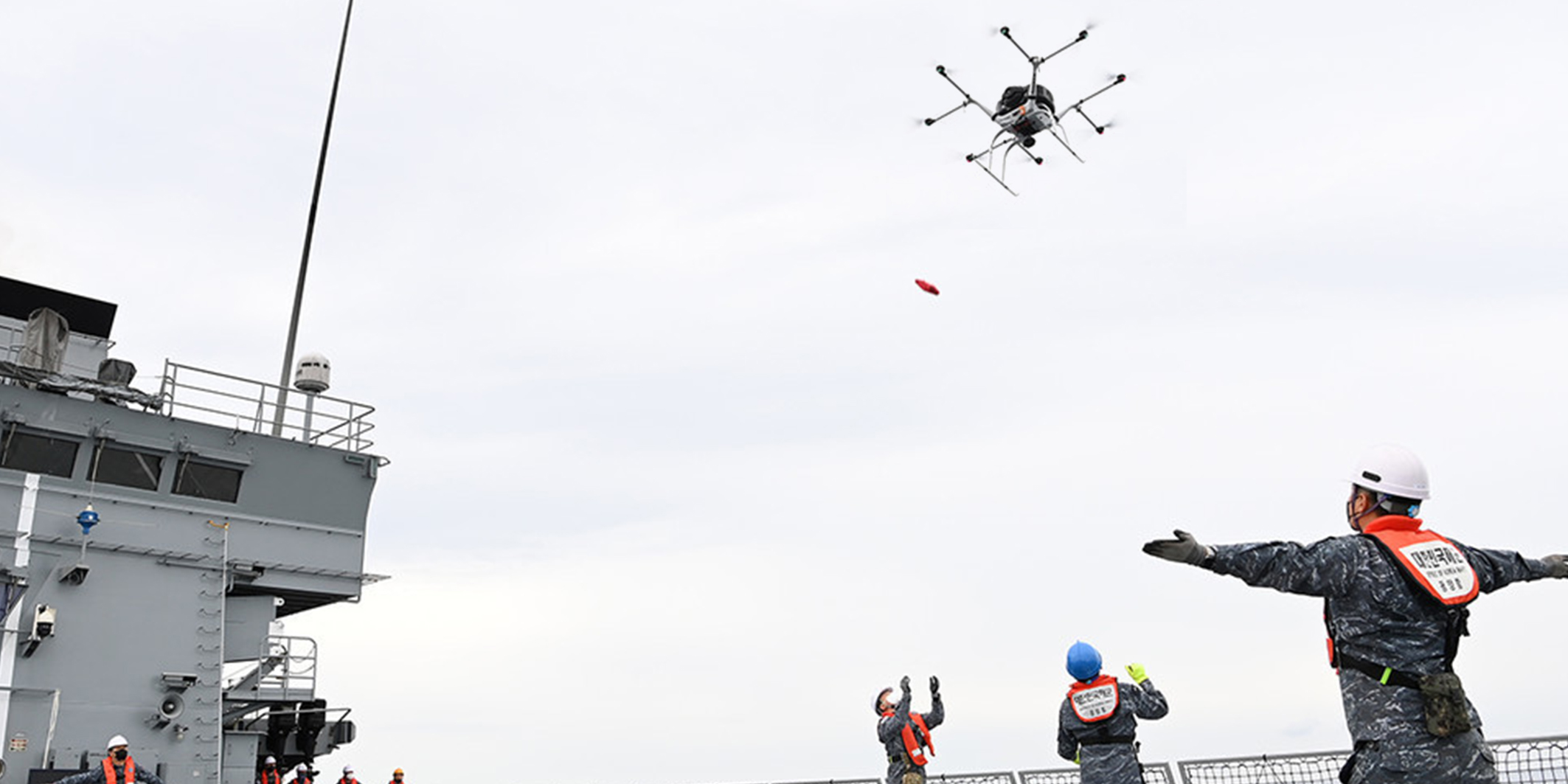
Monitoring national
security facilities
twice a dayCollecting
evidence of
intrudersBroadcasting
intruder
eviction
messages
- In the event of a drone intrusion at a national security facility, the location of the operator and the drone can be immediately identified, allowing for obtaining evidence of illegal activities and broadcasting eviction messages. (Coordination with nearby military and police)
- Twice-daily security facility perimeter patrols can detect suspicious activities around the security facility in advance.
Hydrogen drones can be utilized to inspect gas pipelines buried under roads.
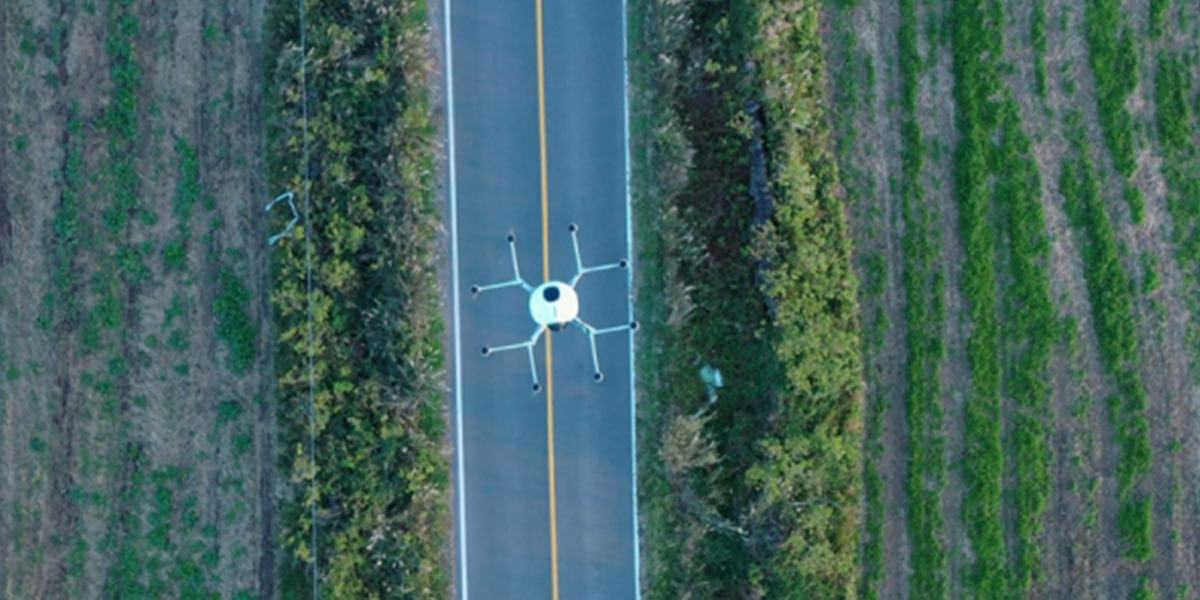
Long-distance
pipeline drone
inspectionObject
recognition
solutionWarning
broadcasts
possible
- Gas pipeline inspections, which were previously performed twice daily by two personnel, can be efficiently replaced with long-endurance hydrogen drones.
Using hydrogen drones, it is possible to inspect long-distance gas pipelines.
By combining with an AI object recognition solution, the drones can detect heavy equipment around the buried gas pipelines and broadcast real-time warnings at unauthorized construction sites.
Doosan Mobility Innovation's hydrogen drones can perform long-distance delivery missions efficiently, based on their high endurance.
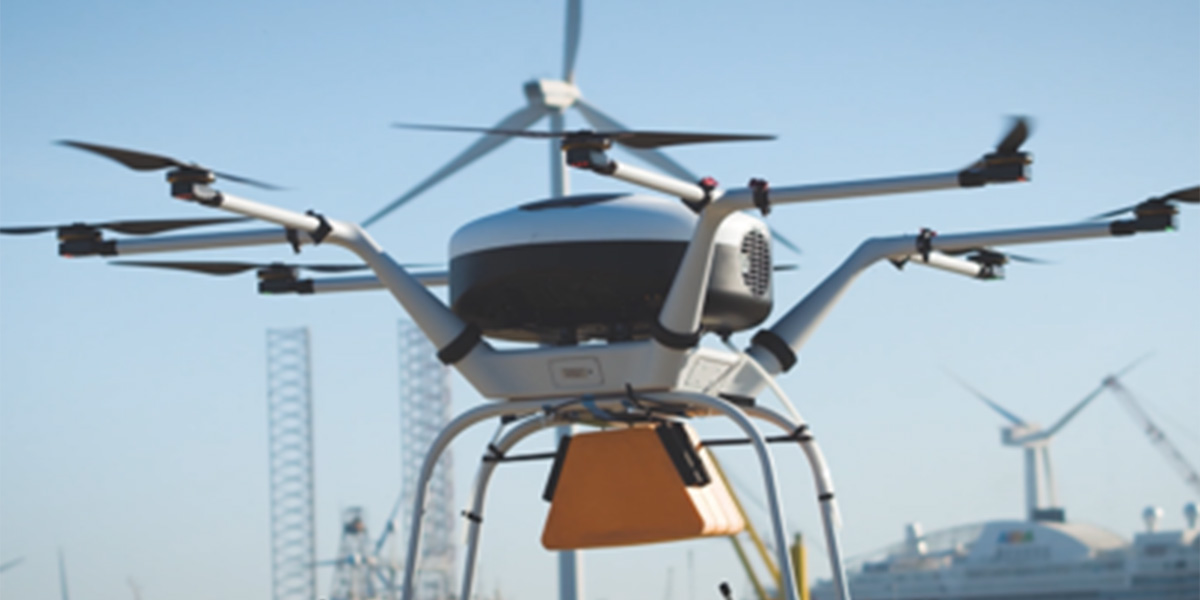
Doosan Mobility Innovation's hydrogen drones can travel four times farther than battery drones to make deliveries.
-
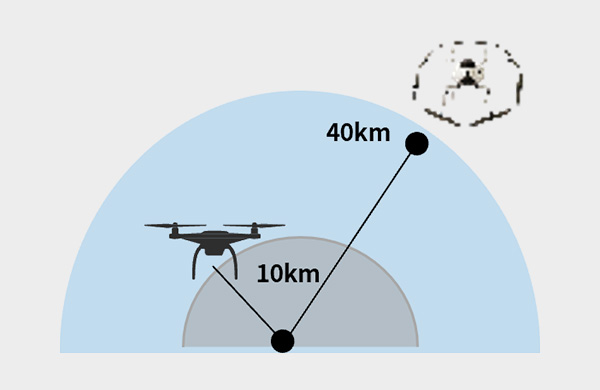
Doosan Mobility Innovation's hydrogen drones can travel up to 40 km round trip, providing delivery services in an expanded range compared to battery drones. They can deliver goods to remote areas, including isolated islands and mountainous regions, improving convenience for users in underserved areas.
Doosan Mobility Innovation's hydrogen drones have low downtime and do not require additional infrastructure, enabling them to provide an efficient delivery solution.
-
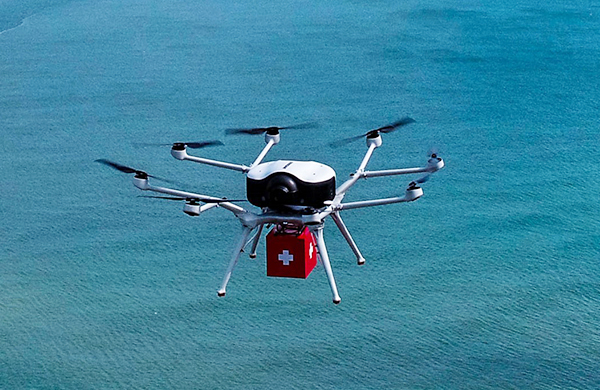
Doosan Mobility Innovation's hydrogen drones can fly for extended periods, resulting in less downtime between flights and reducing the resources needed for power source charging and replacement. Furthermore, there is no need to maintain multiple batteries and charging facilities, which helps reduce additional infrastructure investment costs.
- During the COVID-19 period, we completed the delivery of masks to island areas near Jeju that were experiencing difficulties due to the lack of pharmacies.
- In response to accidents in mountainous areas, we conducted a demonstration flight to deliver an automated external defibrillator (AED) to a distressed person by flying up to 1,650 meters above sea level in Hallasan.
Mask Delivery During COVID-19
Emergency Supplies Delivery to Hallasan


